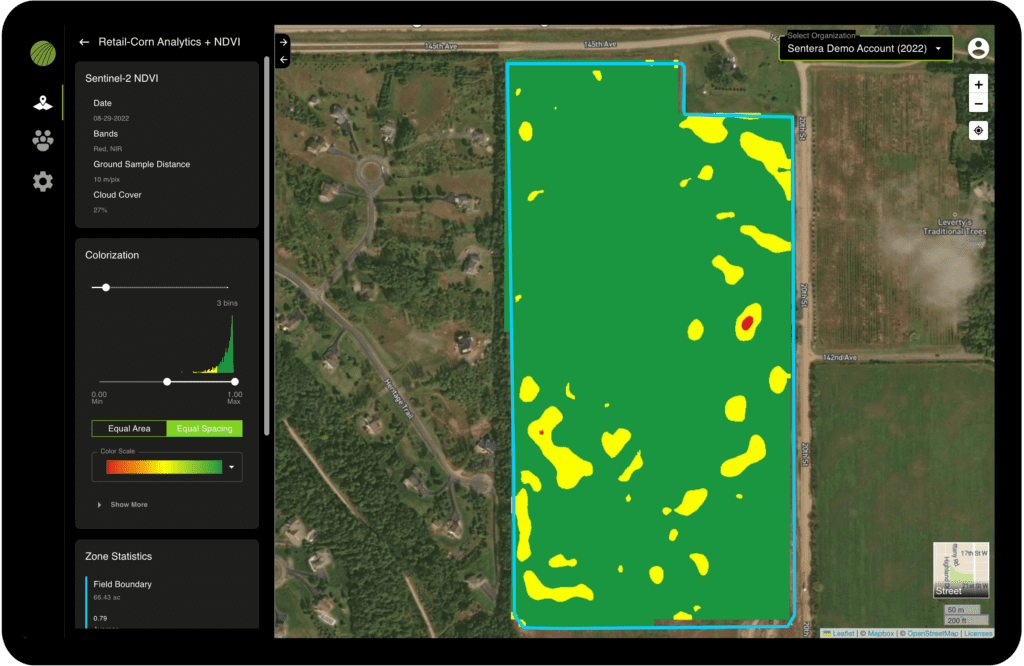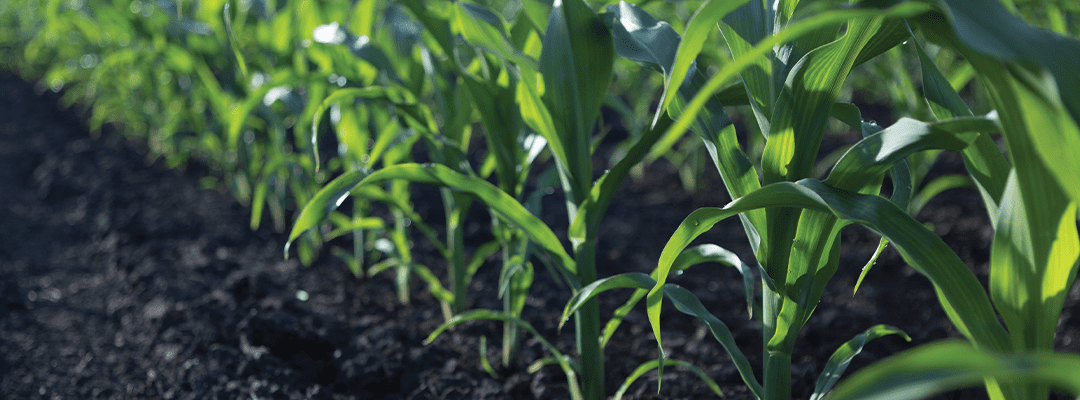When you have tens of thousands of acres of fields to keep an eye on, locating any areas of potential crop stress is a big job – especially since time is of the essence in order to identify the cause and allow time for potential treatment. And, while there are growers who continue to rely on manual spot checks, the fact is that this method is sorely lacking.
It’s time consuming (particularly for the larger operations with acres across multiple counties), costly (assuming the labor shortage hasn’t made it impossible to even hire someone to do it), and, most importantly, it doesn’t even come close to providing a comprehensive picture, which means that missing a serious crop health issue is a real possibility.
More and more, experts in seed and crop production are using crop health monitoring systems and drones in agriculture to get a more complete overview of their fields, more inclusive insights into crop health at every stage of the growth cycle, and even notifications that alert them to potential problems.
How Crop Health Monitoring Works
For example, let’s look at Normalized Difference Vegetation Index (NDVI) monitoring, which serves as an indication of how crops are performing.

NDVI measures the amount of light a plant reflects at certain frequencies; this indicates crop health, because while healthy plants reflect a large amount of near-infrared light, unhealthy plants absorb it. Or, to put it even more simply, it measures how green and dense the vegetation is in a satellite image.
But data is just data, and images are just images. The real value of this monitoring comes in the ability to quickly and accurately compare readings to identify changes in condition. If the system detects a sudden drop in NDVI values, that may be cause for concern at certain times of year. At other times, however – like around harvesting – it’s to be expected.
That’s part of the beauty of a crop health monitoring system. It not only gathers imagery and tracks changes, but in many cases (such as with Sentera’s FieldAgent Crop Health Maps), the associated platform determines when a change is worthy of concern and notifies you with the issue and the precise location. And, because it brings in data from various sources and utilizes machine learning to analyze it, FieldAgent even provides data-driven, real-time insights on what the likely cause of stress or damage might be.
Some of the key notifications you can look for in crop health monitoring software include:
- Weather-based events, like excess rain over a set period of time, strong winds, hail, and frost/freeze
- Likelihood of disease based on current conditions
- Crop stress based on unusual NDVI value variation
Not only do these notifications alert you to the possibility that action may be taken, but, in cases where you’re looking at, say, 50,000 acres, satellite or drone imagery becomes invaluable because it can tell you exactly where the issue is located. As we’re all aware, knowing right where to go makes additional field scouting a much simpler task.
As useful and exciting as this is, it’s still worth noting that these notifications, on their own, don’t solve crop health issues – and that’s where you come in. If you’re in research and development or seed production, it provides you with helpful information, but you still need to make smart decisions regarding treatment in a timely manner. And, it’s still on you to take that data and determine what changes you might want to make going forward.
For those in seed, fertilizer, or herbicide/fungicide sales, use this data to strengthen the advice you offer your growers, but don’t expect the data alone to do the job. Your personal knowledge of your growers’ fields and your expertise in the industry is still the most important thing you bring to that customer relationship; the notifications and insights you gain from crop health monitoring systems simply allow you to act more swiftly and advise your growers with confidence.


